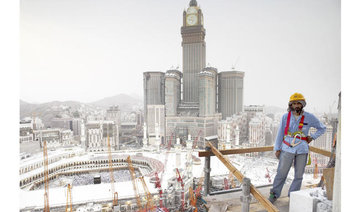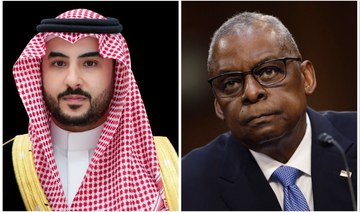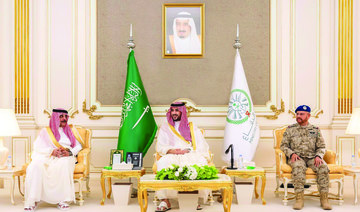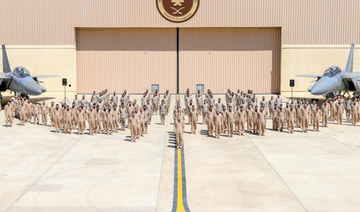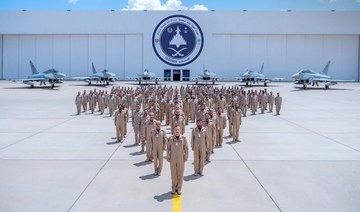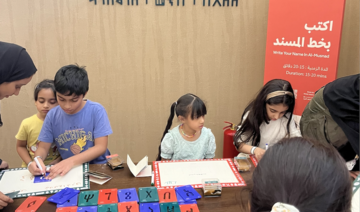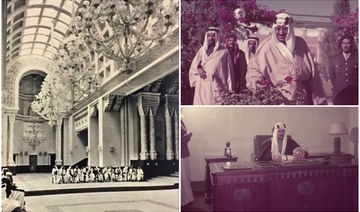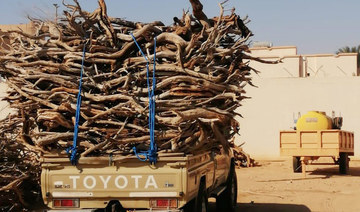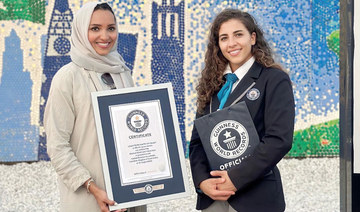LONDON: Saudi Arabia’s participation in the Venice Biennale, in both its art and architecture sections, has long been a dream of many people working in creative fields.
The dream will begin to come true this year, when the Kingdom officially hosts a pavilion at the The Biennale Architettura’s 16th International Architecture Exhibition, alongside countries from around the world. It is being organized by MiSK Foundation, through a project that highlights the experiences and expertise of young Saudi men and women. In addition to shouldering the huge responsibility of presenting the country’s first exhibition at the global event, the participants will share a vision for the future of urban development in the country.
The Saudi national pavilion will interpret the overall theme of this year’s event, Freespace, through a project called Separated Spaces. It is being coordinated by architectural researcher Jawaher Al-Sudairy, and the dean of Faculty of Design at Imam Abdulrahman bin Faisal University, Dr. Sumayah Al-Solaiman. Brothers Turki and Abdulrahman Gazzaz, the founders of architectural-design consultants Brick Lab, will examine in an exhibition the social effects of architecture.
The main idea behind the Saudi pavilion is that empty spaces create many opportunities, since they attract passers-by, visitors and tenants, and provide them with many options. The investment in and rapid development of free spaces has led to the growth of residential suburbs surrounding cities. This makes it increasingly difficult to differentiate between the border of a city and the surrounding areas.
Al-Sudairy, the exhibition’s coordinator, told Asharq Al-Awsat, a sister publication of Arab News, that the Biennale theme of Freespace has many layers.
“Our interpretation and vision of the theme is all about exploring the idea of urban expansion we are witnessing in our cities, as a result of the population growth in Saudi cities causing the fragmentation of some parts of society,” she said. “The pavilion will explore the separated spaces and address the idea of containment”.
The official announcement of the pavilion emphasizes this and points out that urban centers in Saudi Arabia have experienced rapid modernization during the past four decades, while rural migration has led to the development of pockets of suburban residential areas. This has created disconnected neighborhoods in which residents rely on cars for transportation. As a result of this fragmentation, more than 40 percent of land in the expanding city remains vacant. These empty spaces separating isolated residential areas undermine social ties and exhaust natural resources, leading to the creation of so-called social bubbles.
The Gazzaz brothers will present in the pavilion a vision that explores the social effects of this urban architecture. They aim to have visitors explore changing Saudi cities and urban architecture, in addition to the effects of this urban expansion. The exhibition will feature interconnected units in the form of cylinders of different sizes, representing the idea of the space between these separated spaces, and themes such as empty lands, urban expansion, isolation and social integration. The cylinders will be made from resin to shed light on oil being the element that has encouraged and fueled the rapid urban expansion and modernization in the Kingdom.
“We will be using sand from different regions along with resin, which is semi-plastic,” said the brothers. “These materials cut short the spaces between cities in the Kingdom and reflect the economic state of the country.”
The exhibition will also highlight the relationship between space and architecture, and explore the possibility of creating greater interaction by rethinking designs and adopting different styles. Displayed structures will range from roads and public places to flexible spaces that unleash their inherent potential.
“This project is very exciting for us and we were very happy when we won the competition that determined which project will be representing Saudi Arabia in the Biennale,” the Gazzaz brothers told Asharq Al-Awsat. “We are also very happy for the opportunity to work with the coordinators, Jawaher Al-Sudairy and Sumayah Al-Solaiman, and the rest of the team. It is a very important project shedding light on Saudi Arabia in its current state, and we love that we are part of it.”
They added that an important aspect of the project for them is “the interaction with the audience and conveying a picture of the state of urban spaces in three Saudi cities: Jeddah, Riyadh and Dammam. We try to present the concept through infographics, along with using spatial spaces through which visitors will pass.”
The description of the exhibition begs the question of whether it will compare the past and present of the cities.
“The work relies on the narrative of how these cities were and how they are nowadays,” said the brothers. “The project is vast and includes many different layers of information in addition to the experience. History is one of the elements, along with the effect social media has had on communities in Saudi Arabia.”
Al-Solaiman added: “The Kingdom’s first participation [in the Biennale], under the title Separated Spaces, focuses on the social aspect of architecture and urbanization since they have an important effect on people’s lives, through helping or setting obstacles in the face of the best social relations, to provide people with a better well-being”.
She also said that the interconnected exhibition could be considered “a gesture to educate society and unite it in re-imagining our cities, providing a space for dialogue to make the quality of life better in Saudi cities through architecture and urbanization.”
The Biennale Architettura 2018: 16th International Architecture Exhibition will take place in Venice from May 26 to November 25 2018.
Saudi Arabia’s first-ever exhibition at the Venice Biennale will offer space to think about the future
Saudi Arabia’s first-ever exhibition at the Venice Biennale will offer space to think about the future
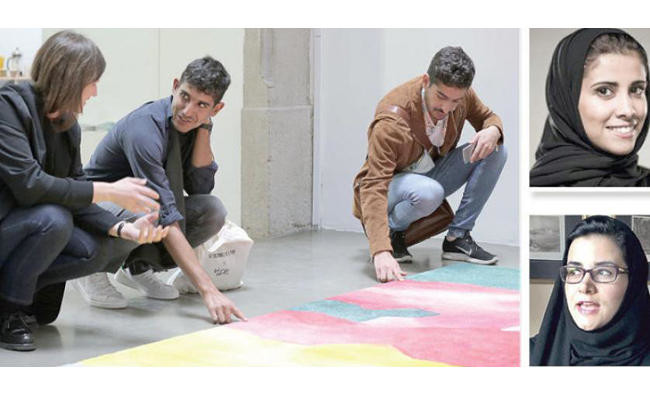
Saudi defense minister, British counterpart discuss military escalation in region
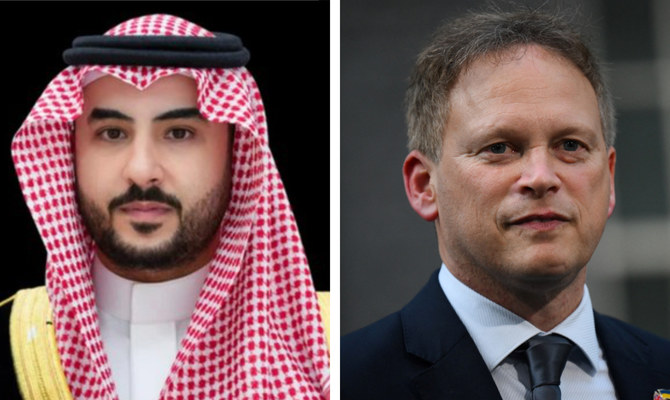
RIYADH: Saudi Arabia’s Minister of Defense Prince Khalid bin Salman received a phone call on Monday from UK Secretary of State for Defense Grant Shapps.
The officials discussed military escalation in the region, its repercussions, and efforts towards containing it.
They also reviewed strategic bilateral relations and military cooperation.
Saudi air force joins several allies in UAE for start of multinational military exercise Desert Flag
Saudi air force joins several allies in UAE for start of multinational military exercise Desert Flag
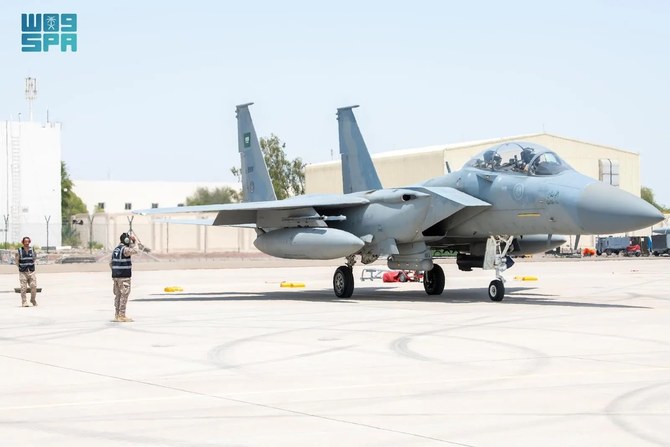
- Other nations taking part in the 3-week exercise include Oman, Turkey, the US, France and South Korea
RIYADH: Personnel from the Royal Saudi Air Force joined their counterparts from several allied nations on Monday at the start of Desert Flag, a multinational military exercise taking place at Al-Dhafra Air Base in the UAE.
Over the next three weeks the forces will take part in various flight-related exercises, including defensive and offensive counter-air operations, close-air support, and combat search and rescue missions, the Saudi Press Agency reported. In addition to Saudi Arabia and the UAE, the participating nations include Oman, Turkey, the US, France and South Korea.
Lt. Col. Adel bin Saeed Abu Malha, the commander of the participating Saudi air force group, said the exercise is designed to facilitate the exchange of military expertise in strategic planning and execution within a simulated wartime environment. It also aims to enhance the operational readiness and combat efficiency of air and technical-support crews and to bolster the ties between the nations’ forces, he added.
Six Saudi F-15SA fighter jets, with their full air, technical and support crews, are taking part in the exercise, Abu Malha said.
The Saudi air force group arrived at Al-Dhafra Air Base last week to begin their preparations. They were greeted by Brig. Gen. Khalid Alhajiri, the military attache at the Saudi Embassy in the UAE.
Marat — a Saudi town with deep roots

- Administratively affiliated with Riyadh Province, Marat oversees several centers, villages and settlements, enjoying governmental facilities and private institutions that have contributed to its development and population growth
RIYADH: One of the oldest cities in Saudi Arabia’s Najd, Marat, lies tucked away in the Al-Washm region of central Saudi Arabia.
Its intriguing history is illuminated in the Arabic book “Glimpses into the History of Marat” by Saudi researcher Abdullah Al-Duwaihi, first published in 2012, yet relevant for those wishing to explore the Kingdom’s history.
Al-Duwaihi painstakingly documents the town’s geography, landmarks, social fabric, governance and centuries-old foundations across about 700 pages. The book also covers Marat’s importance on the Hajj caravan route, its scientific legacy, mosques, sports and culture, archaeological sites and a variety of other facets of society. Accounts from geographers and travelers are included.

The book opens with an overview of Marat governorate, situated in Al-Washm, northwest of Riyadh. It borders the governorates of Al-Quway’iyah and Dhurma to the south, Shaqra to the north, Thadiq and Huraymila to the east and Al-Dawadmi to the west.
Administratively affiliated with Riyadh Province, Marat oversees several centers, villages and settlements, enjoying governmental facilities and private institutions that have contributed to its development and population growth.
FASTFACTS
• When King Abdulaziz traveled from Riyadh to Makkah, one of his first official stops was Marat, where the historic Hijaz Road crossed.
• Iconic natural landmarks in Marat include Ghudair Kumait, a basin where floodwaters accumulate without stagnating.
Iconic natural landmarks profiled in the book include Ghudair Kumait, a basin where floodwaters accumulate without stagnating. It is named after the prominent Jabal Kumait landmark known for its location and form, offering panoramic views of the town. This has led to the popular adage, “Secure Kumait, and you secure Marat,” explains the author.
Along with highlighting Marat’s past, Al-Duwaihi also explores locations such as the ruins of Al-Aroosah and Al-Walidi Well, which was attributed to the Prophet Muhammad’s companion Khalid bin Al-Walid. According to historical accounts, he dug the well during his journey through Marat en route to battle the renegades in Al-Yamama.
Royal history
When King Abdulaziz traveled from Riyadh to Makkah, one of his first official stops was Marat, where the historic Hijaz Road crossed, and where he would stay for several days. Royal tents were set up outside the palace in Marat — built in 1350 AH (1930) — days in advance of his arrival.
As the royal caravan approached, telegrams were sent to prepare for essential supplies. Vehicles and caravans passing through the route would also halt in the town for rest and replenishment, transforming Marat into a bustling commercial hub, especially during the Hajj season, when it teemed with tents, vendors and shoppers lining the roadside.
The book features accounts from various travelers, both foreign and local, who passed through Marat and documented their experiences, including George Forster Sadleir, British explorer Harry Philby, American geologist Thomas C. Barger, Amin Al-Rihani, Youssef Yassin, Ahmed Al-Kadhimi and Atiq Al-Biladi. Yet he overlooked mentioning Ahmad Abdul-Ghafoor Attar, who provided captivating glimpses of the town in the 1960s.
One of the book’s notable features is its exploration of Marat’s architectural heritage, highlighting the coexistence of ancient mud-brick neighborhoods and modern structures. Although the old government palace was demolished due to encroaching modern developments, had it remained, it would have stood as a prominent landmark of the province.
Notable old quarters within Marat’s walls include Bab Al-Naqeeb, Zab’arah, Junaib, Al-Hafsiah, Banban, Hayit Hussain, Al-Shuraiqy, Shari’ah, Subaitah, Qa’rah, Suwail and Al-Naqbah. Outside the walls are Al-Qusaibah, Al-Muraiba’, Al-Ju’di, Bab Al-Naifiah, Qubaibah, Suwaydan, Al-Hulailah, Bab Al-Barr and At-Tuwaila.
According to Al-Duwaihi’s book, Al-Amiriah School was the governorate’s first educational institution, built in 1368 AH (1948). Constructed from traditional mud bricks in Marat’s northeastern quarters, the boys’ elementary school followed design templates set by the Kingdom’s educational authorities at the time.
Later, in 1387 AH (1967), the first school for girls, known as Al-Awwal School, was inaugurated, initially located in the western part of the old town before later relocating to a new governmental premises. Over subsequent years, a series of schools for both boys and girls were progressively opened.
Focus is on the Saudi environment in photo contest with SR100,000 prize up for grabs
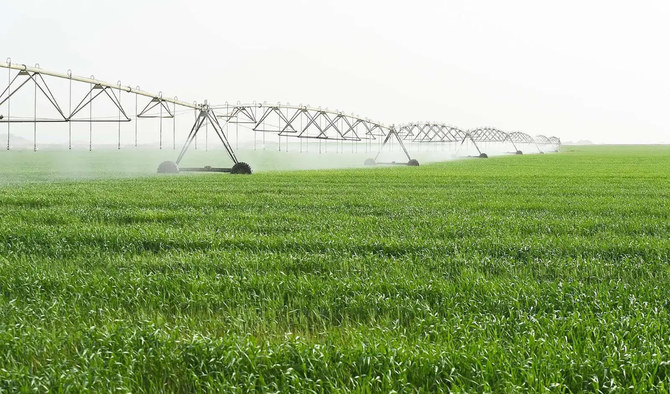
- The competition ties in with Environment Week 2024, which runs from April 28 to May 5 in the Kingdom with the theme ‘Do you know your environment?’
RIYADH: Photographers in the Kingdom have until April 27 to enter a competition that is looking for the best images and videos that showcase the Saudi environment.
The aim of the contest, organized by the Ministry of Environment, Water and Agriculture’s Environmental Awareness Initiative, is to promote environmental awareness through the use of art, and engage the community in the creation and sharing of content that highlights the natural splendor and beauty of the Kingdom.
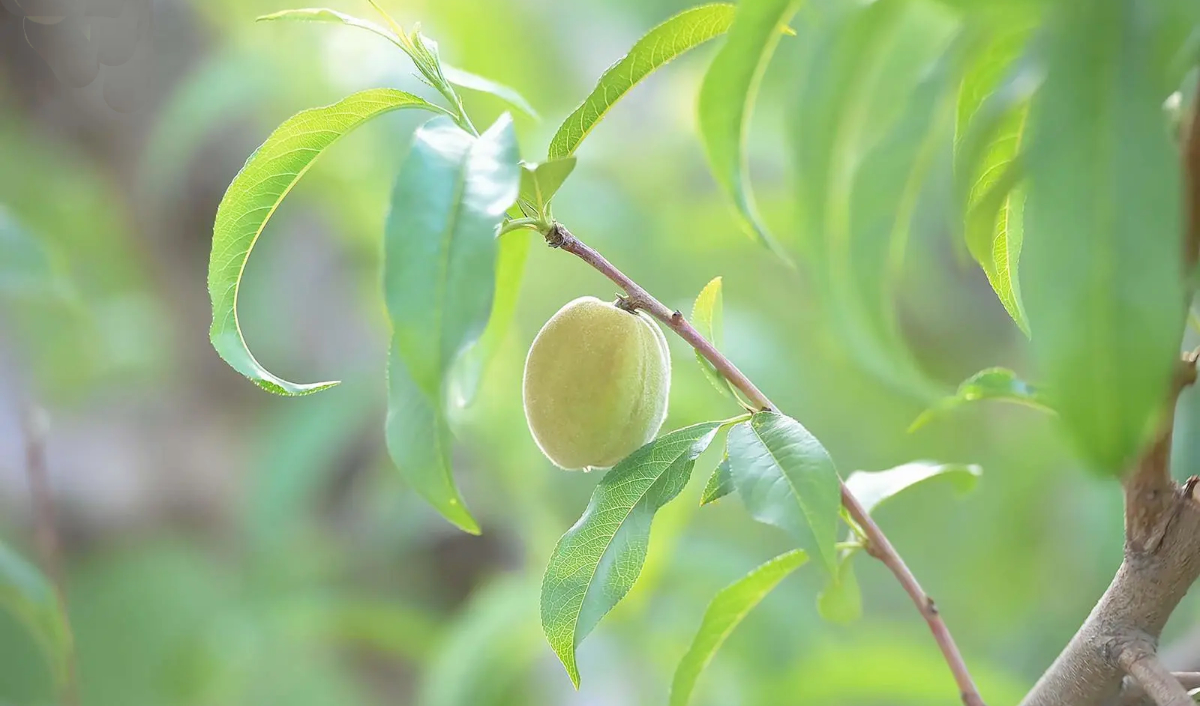
The competition ties in with Environment Week 2024 in Saudi Arabia, which will run from April 28 to May 5 with the theme “Do you know your environment?” Photography enthusiasts across the country are invited to submit photographs, videos or films that best illustrate the nation’s environment.
A panel of judges will choose the winners, who will receive cash prizes of up to SR100,000 ($26,660), the Saudi Press Agency reported. Entrants must own the copyright to their submissions, which should not have been awarded prizes in any other contests. The ministry reserves the right to use submitted images in exhibitions, conferences or on its social media platforms. The photographers’ moral rights to their work will be respected.
The aim of the ministry’s Environmental Awareness Initiative is to raise public understanding of environmental issues, and foster a sense of responsibility toward protecting the Kingdom’s natural resources by encouraging sustainable behaviors among individuals and groups.
Riyadh prepares to host special meeting of World Economic Forum
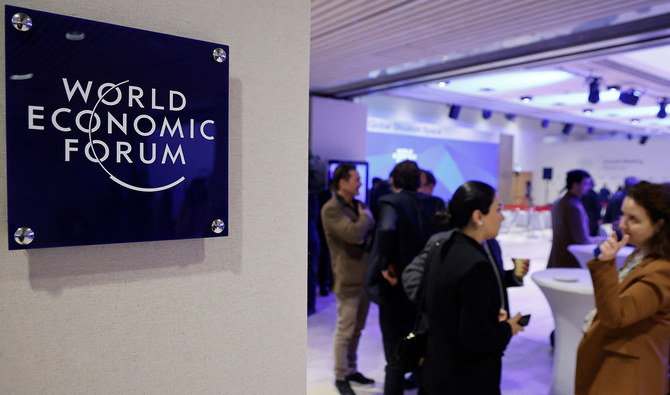
- Heads of state and senior executives from the public, private sectors are expected to be among the participants
- The aim of the meeting is to find solutions to a host of global humanitarian, climate and economic challenges
RIYADH: Final preparations are taking place this week in the Saudi capital, Riyadh, for a special meeting of the World Economic Forum in the city on April 28 and 29.
Heads of state and senior executives from the public and private sectors are expected to be among the participants, who will discuss a range of global economic issues and developments under the theme “Global Collaboration, Growth and Energy for Development.”
The aim of the meeting is to find solutions to a host of global challenges relating to humanitarian issues, the climate and the economy. On the sidelines of the main event, the Kingdom will host exhibitions and other events to highlight the latest developments and trends in areas such as sustainability, innovation and culture.
The selection of Riyadh as host of the special meeting reflects the extensive partnership between Saudi Arabia and the WEF, officials said.
It builds upon the Kingdom’s active participation and contributions to the WEF’s Annual Meetings in Davos.
The agenda is designed to rekindle the spirit of cooperation and collaboration with various panel discussions, workshops, and networking opportunities. It represents a significant gathering of global leaders and experts dedicated to forging a path toward a more resilient, sustainable, and equitable world.


